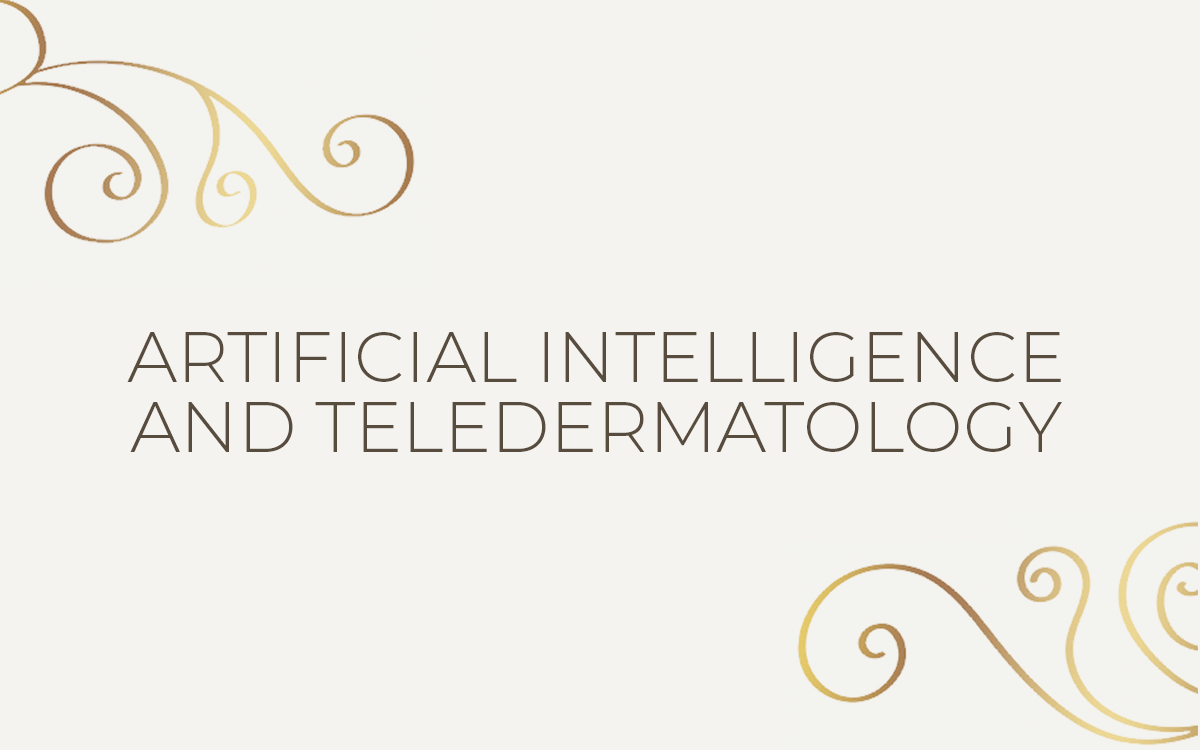Low adherence to treatment and medical recommendations in chronic inflammatory dermatoses is considered one of the leading causes of treatment failure, poor clinical outcomes, and increased healthcare utilization in dermatology. Non-adherence in chronic dermatoses requires special attention given the long duration of the diseases, periods of remissions followed by flare-ups and multiple different routes of treatment. If dermatologists can improve adherence more efficiently and effectively by using smartphone applications (apps), but do not use apps for this purpose, this could qualify as a practice gap.
Among the factors that play a large role in adherence – and may be reduced by apps – are forgetfulness, limited access to dermatology care, long intervals between scheduled visits, and loss of motivation to adhere to the treatment plan.
Due to the profound effect on cost, healthcare outcomes and mortality, improving adherence is equally as important as making the correct diagnosis and prescribing efficacious treatment. In clinical trials, adherence can be measured using subjective methods (patient reporting and questionnaires) or objective methods (pill counts, electronic chips, and pharmacy records). To ensure use of the apps is safe and superior to standard care, the apps should be tested in randomized controlled trials (RCTs) using an adherence outcome before they are implemented in the clinic.
In the previous five years, the adherence-improving potential by use of an app have been reported from three RCTs (using adherence as an outcome measure) including adult patients with psoriasis and reported in English-language articles, though results have been conflicting.
The number of apps available for patients with chronic dermatoses is increasing. However, dermatologists still need an available adherence-improving app that has been tested in an RCT and provided results in favour of its use. The lecture ‘Smartphone applications to improve treatment adherence’ will provide a framework for designing an adherence-improving app by integrating patients and health-care professionals into design stage, suggestions on how to test the apps long-term, and recommendations on how to ensure continuous improvements in the app-design. Challenges in introducing a scientific approach to the app development and testing of their adherence-improving potential will also be discussed.
Moreover, in the context of smartphone application, we will also shed light on ‘Apps for the triage of skin lesions’. Health care systems are challenged by high volumes of skin cancers, requiring the optimal distribution of resources. In 2017, deep learning algorithms demonstrated the ability to achieve skin cancer detection accuracy levels comparable to that of dermatologists. Two years later, these algorithms were integrated in a mobile health application (mHealth) for consumes. The current COVID pandemic has highlighted the importance of access to health care and demonstrated the potential of digital care at a distance, such as web based consultations, tele-dermatology, and mHealth. The combination of these observations shows the enormous potential and added value of mHealth in the triage of suspicious skin lesions.
Finally, virtual reality in dermatology will be explored. Augmented Intelligence (AuI) carries the potential to transform the clinical practice of physicians. Specialties with significant image-based components, including radiology, dermatology, ophthalmology, and pathology, are uniquely poised to benefit from advances in deep learning applications. The concept of AuI is one that focuses on the role of artificial intelligence (AI) in assisting clinicians in order to enhance human intelligence rather than replace it.
To ensure safe, effective, and equitable use of, and access to AuI, the American Medical Association states that it will: 1) Ensure that improved patient outcomes and provider satisfaction are priorities, 2) Integrate practicing physicians into development of AuI, 3) Promote development of thoughtfully designed, high-quality, clinically validated AuI, 4) Encourage education for all stakeholders to promote greater understanding of the promise and limitations of AuI, and 5) Explore the legal implications of AuI.
Initial efforts have begun to develop guidelines for AI applications in all of medicine, but streamlined and specialty specific considerations are needed. Key considerations when evaluating an algorithm or AI technology may include whether the: three image sets (training, validation, and test sets) are defined, an external test set is used for final statistical reporting, images from multiple sources have been used to evaluate the algorithm, the size of the image sets are justified, the AI algorithm was trained using a standard of reference that is widely accepted in dermatology (such as clinical images that are biopsy confirmed), preparation of images for the AI algorithm is adequately described (i.e. images were not altered), results are compared with experts in the field and the questions asked are clinically relevant, the manner in which the AI algorithm makes decisions is demonstrated, and AI is algorithm publicly available.
AI/AuI in the field of teledermatology creates many complex questions for discussion. In some cases, teledermatology photos are being used to create AI algorithms; however, the issues of informed consent, generalizability, diagnosis confirmation, accuracy of labeled data, ability to identify “must not miss” and unusual diagnoses comes into play. In circumstances where AI is developed to augment teledermatology, and particularly direct-to-patient triage work flows, there must be a mechanism, or human in the loop, to augment the process, given the potentially significant consequences of incorrect diagnoses or inability to link to care.
Session speakers
- Mathias T. Svendsen – Odense, Denmark
- Tamar Nijsten – Rotterdam, Netherlands
- Carrie Kovarik – Philadelphia, United States


